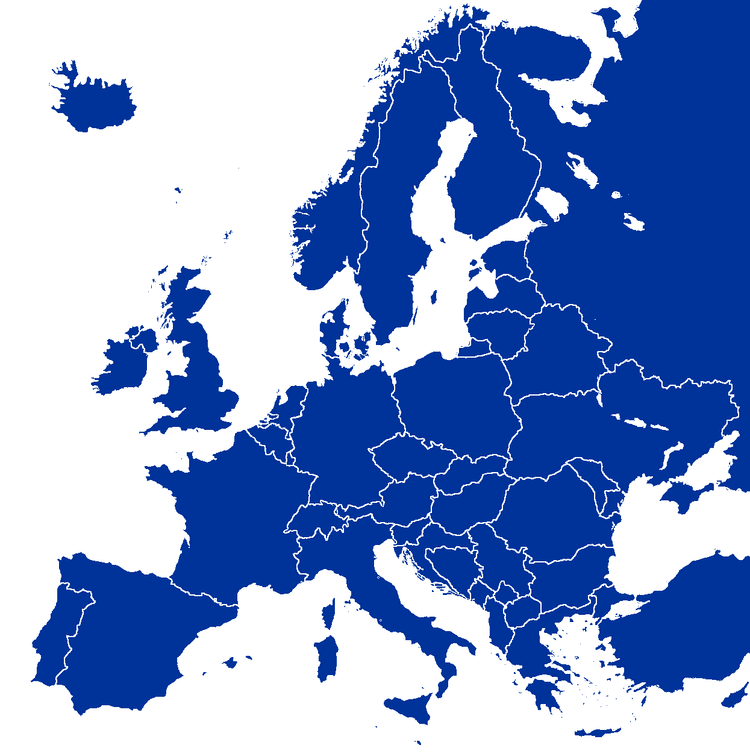
Driving Observability Success: Insights from New Relic's State of Observability Europe Report
Discover key insights from New Relic's State of Observability Europe report. Learn how European businesses are adopting observability practices, overcoming challenges, and maximizing ROI with best practices for system reliability and cost optimization.
In today’s fast-evolving tech landscape, observability has become the cornerstone for delivering robust, reliable, and scalable software systems. New Relic’s latest State of Observability Europe report offers compelling insights into how organizations across Europe are adopting observability practices to maximize performance, enhance customer experiences, and drive business outcomes.
At O11yAI, we’ve delved into the report to highlight key findings and explore how your organization can leverage these insights to get the most out of your observability investments.
Key Findings from the State of Observability Europe Report
The State of Observability Europe report reveals significant trends shaping observability adoption and maturity across European businesses:
Observability Adoption in Europe is Accelerating: An increasing number of organizations across the region are integrating observability into their digital transformation strategies, recognizing its pivotal role in maintaining operational excellence.
Key Observability Challenges: Talent shortages, fragmented tools, and managing the complexity of hybrid and multi-cloud environments are some of the most significant hurdles European teams face.
Business Value of Observability: Organizations with mature observability practices report tangible benefits, including reduced downtime, faster incident resolution, and enhanced system reliability.
These findings paint a clear picture: European businesses that invest in observability are not only staying ahead of operational challenges but also gaining a competitive edge in their markets.
Understanding the Cost of Downtime
Downtime isn’t just a technical issue—it’s a significant business risk. According to industry studies, the cost of high-impact outages can exceed $1 million per hour, making system reliability a critical focus for organizations. Observability platforms like New Relic play a pivotal role in reducing downtime by enabling faster root-cause analysis and proactive issue resolution.
By extending observability practices and adopting tools that provide real-time visibility into system health, businesses can mitigate these risks and protect their bottom line.
Maximizing ROI with Observability Best Practices
The insights from New Relic’s report align closely with what we’ve seen in our work with European organizations. Here’s how your business can translate these findings into actionable steps to enhance your observability strategy:
1. Prioritize Full-Stack Observability
A unified, end-to-end approach to observability is no longer optional. Adopting tools that provide full visibility into infrastructure, applications, and end-user experiences allows teams to correlate issues across domains, identify root causes quickly, and drive down Mean Time to Resolution (MTTR).
2. Address Skill Gaps with Training
The report highlights that skill shortages remain a top challenge in observability adoption across Europe. Invest in upskilling your team through certifications and training programs in tools like New Relic, helping them stay ahead of the curve.
3. Implement FinOps to Optimize Costs
Observability tools are essential, but managing their cost is critical. Use FinOps practices to monitor resource usage, streamline ingestion, and ensure your observability investments deliver maximum ROI without overspending.
For a detailed guide on optimizing observability costs without compromising performance, check out our blog on Maximizing ROI in Observability.
4. Leverage SLOs and Error Budgets
Service Level Objectives (SLOs) and error budgets provide a structured way to balance operational stability with feature delivery. This approach aligns engineering priorities with business goals, ensuring you deliver consistent value to customers.
5. Consolidate and Simplify Tools
Tool sprawl remains a challenge for many European organizations. Consolidating observability into a single, integrated platform like New Relic reduces complexity, improves team collaboration, and ensures fewer blind spots.
Regional Observability Trends: A European Perspective
New Relic’s report provides a detailed look at how European businesses are navigating the observability landscape. One key takeaway is the growing emphasis on observability as a driver of digital transformation in Europe. By leveraging observability tools, businesses are improving their ability to handle demand spikes, especially in hybrid and multi-cloud environments.
The report also highlights industry-specific trends, with financial services, retail, and technology sectors leading the way in observability adoption. This focus on observability within critical industries underscores its value in ensuring business continuity and customer satisfaction.
Why Observability Matters More Than Ever
The State of Observability Europe report makes it clear that observability is no longer just a nice-to-have—it’s a competitive necessity. Organizations that prioritize observability achieve faster incident response, greater system reliability, and better customer experiences.
With hybrid work models, cloud migrations, and rising customer expectations, observability helps European businesses navigate complexity and deliver consistent value. Companies with mature observability practices are better equipped to adapt to market demands and scale their operations efficiently.
AI Technologies Driving Observability Evolution
As artificial intelligence and machine learning technologies become increasingly integrated into business operations, observability tools must evolve to keep pace. New Relic’s report highlights that 41% of organizations are leveraging AI to enhance their observability practices. AI-driven analytics provide deeper insights, automate anomaly detection, and enable predictive maintenance, helping teams stay ahead of potential issues.
However, adopting AI technologies within observability frameworks requires careful planning to align with business goals.
Final Thoughts
New Relic’s State of Observability Europe report provides an invaluable roadmap for European businesses looking to optimize their observability practices. By embracing the report’s insights and implementing best practices, your organization can reduce downtime, improve system reliability, and drive business success in an increasingly digital world.
"Special thanks to New Relic for their comprehensive insights provided in the State of Observability Europe report. For more details, access the full report here."
Next Steps
Are you looking to build a more mature observability strategy? At O11yAI, we specialize in helping companies like yours extract maximum value from their observability tools, including New Relic.
Contact us today to learn more about our observability services or explore how we’ve helped organizations achieve operational excellence.